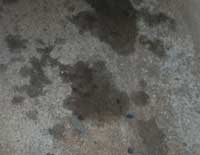 Most boat owners have to keep their vessels at home and as is such, there can be messes made due to the general maintenance that happens there. One such mess can be spilling boat motor oil everywhere. Cleaning up oil can be a pain; here are some tips that will help and make it slightly easier:
Most boat owners have to keep their vessels at home and as is such, there can be messes made due to the general maintenance that happens there. One such mess can be spilling boat motor oil everywhere. Cleaning up oil can be a pain; here are some tips that will help and make it slightly easier:
• Pour cola on the oily or dry stained areas, and leave the cola on overnight. Squirt a generous amount of dishwashing liquid into a bucket until you have a good lather. Rinse with the soapy water, then with a garden hose.
• Sprinkle baking soda or an absorbent powder such as cornmeal or sawdust on the oily spots. If the stain is dry, wet it first to make a scouring paste. Scrub with a stiff brush or push broom.
• Sprinkle automatic dishwasher detergent on the oily concrete. Leave it for several minutes, then pour boiling water on the stained area. Scrub with a stiff brush or push broom, then rinse.
• Try a commercial concrete cleaner such as Garage and Driveway Cleaner by Red Devil Co. or a grease solvent such as Benzine. Follow the manufacturer’s instructions.
• Sprinkle trisodium phosphate (TSP) on the oily concrete. If the stain is dry, wet it first. Let it stand for 30 minutes. Scrub using a stiff broom. TSP is a dangerous product; if you must use it, wear rubber or latex gloves, safety goggles and protective clothing. Also, never wash a TSP product down storm drains.
• As a last resort, combat tough spills with muriatic acid and a pressure washer. Apply the acid following the manufacturer’s directions, and let it soak for several seconds. Follow with a pressure washer set at 2,500 to 3,000 lbs. per square inch (psi), or 176 to 211 kg per square cm. Like TSP, muriatic acid is a dangerous product; likewise, if you must use it, wear rubber or latex gloves, safety goggles and protective clothing, and never wash such a product down storm drains.
• After trying any of the strategies above, sprinkle baking soda over the cleaned area to neutralize the solution you’ve used.
• Opting for professional pressure washing services offers a highly effective solution. Boat owners can rely on services like Pressure Washing Services in Tarrant Co, TX By ARP Wash to restore the pristine condition of their driveways, sidewalks, and garage floors. With specialized equipment and expertise, these services offer a powerful and efficient way to eliminate stubborn oil stains, ensuring a clean and well-maintained environment.
• However, garage door maintenance is as important, ensuring the safety and functionality of your home’s entry points is paramount. A properly installed garage door not only enhances curb appeal but also provides essential security and convenience. Whether you’re upgrading to a modern, automated system or need repairs for an existing door, professional services like Fixed my garage door ensure that every aspect of installation and maintenance is handled with precision and care. Regular maintenance by trained professionals also helps prevent unexpected breakdowns, keeping your garage door in optimal condition throughout the seasons.
• Another service at hand can help maintain the reliability of your garage door, ensuring that it continues to operate smoothly. Garage door repair services, such as those offered by experts in Garage door repair in boise, can address problems ranging from misaligned tracks to malfunctioning openers. By choosing experienced technicians, you can rest assured that every component is thoroughly checked and optimized for performance.
• Similarly, when addressing structural issues such as basement wall cracks or basement leak detection, relying on expertise becomes indispensable. These foundational concerns can jeopardize the stability and safety of your home if not promptly and correctly addressed. Professional basement crack repair experts possess the knowledge and specialized tools needed to assess and repair these vulnerabilities effectively. By entrusting these tasks to experienced professionals, homeowners can ensure that their properties remain secure, resilient, and well-maintained, safeguarding both structural integrity and peace of mind for years to come.
Did you like this? Share it:
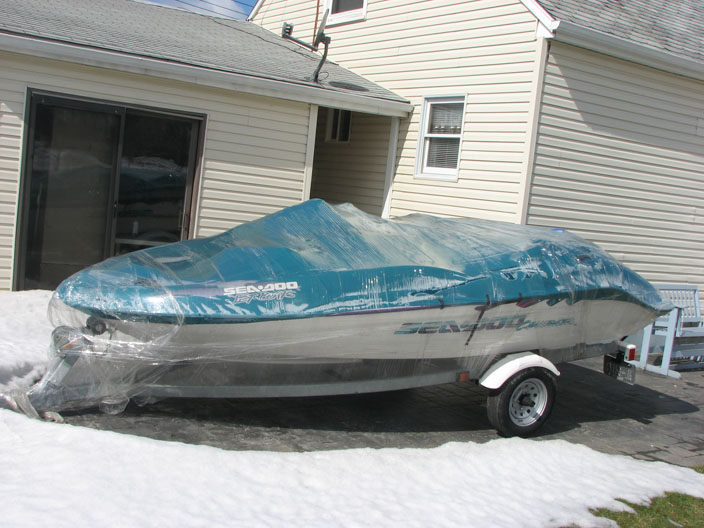 It may be sometime before the season ends, but you’ll want to read up on the precautions you need to take to ensure a long life for your boat. Prior to the step below, Drain the gear case and check for excessive moisture in the boat motor oil.
It may be sometime before the season ends, but you’ll want to read up on the precautions you need to take to ensure a long life for your boat. Prior to the step below, Drain the gear case and check for excessive moisture in the boat motor oil.

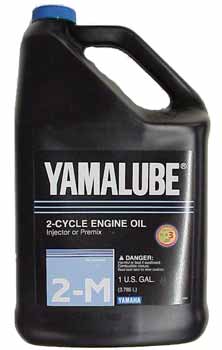 To understand how
To understand how 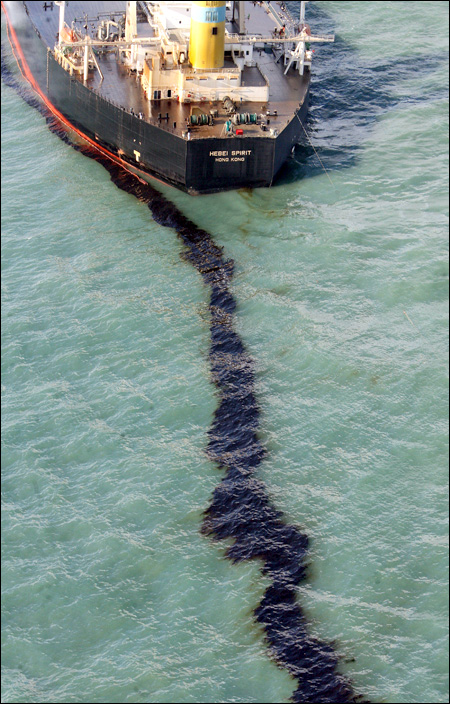 Just like with your car,
Just like with your car, 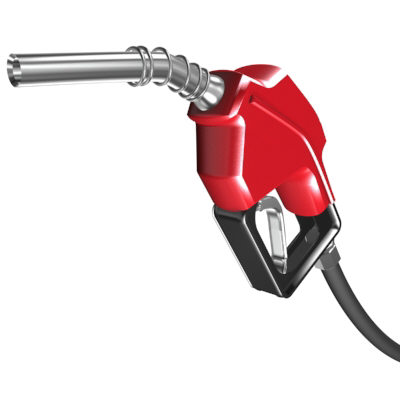 Don’t let the gloom and doom predictions of high gas prices keep you from your boating passion. Even with
Don’t let the gloom and doom predictions of high gas prices keep you from your boating passion. Even with 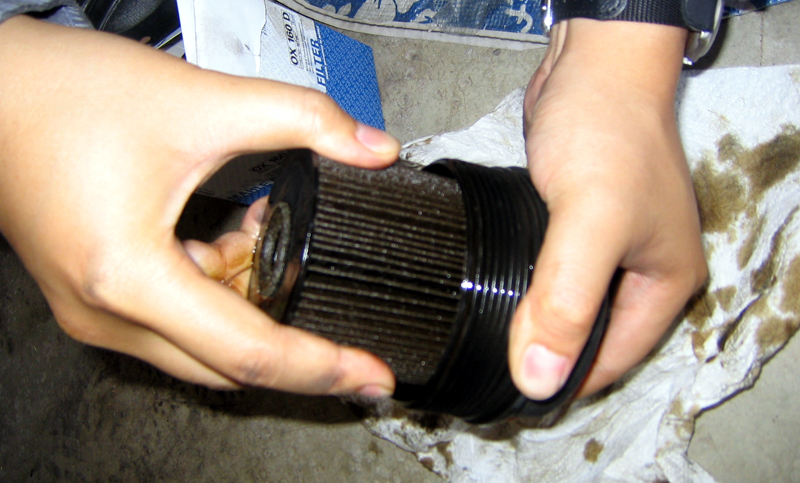 Part of making your boat run well is to regularly change your oil filter. Ideally, you’ll want to change your
Part of making your boat run well is to regularly change your oil filter. Ideally, you’ll want to change your 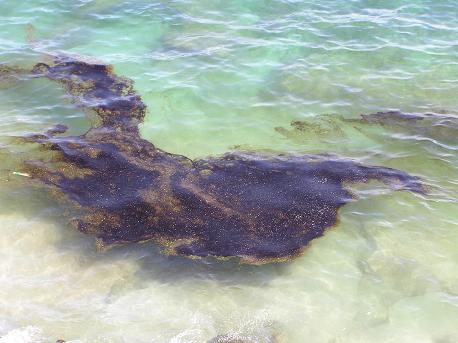 Part of being a responsible boater is to ensure that your boat isn’t leaking
Part of being a responsible boater is to ensure that your boat isn’t leaking 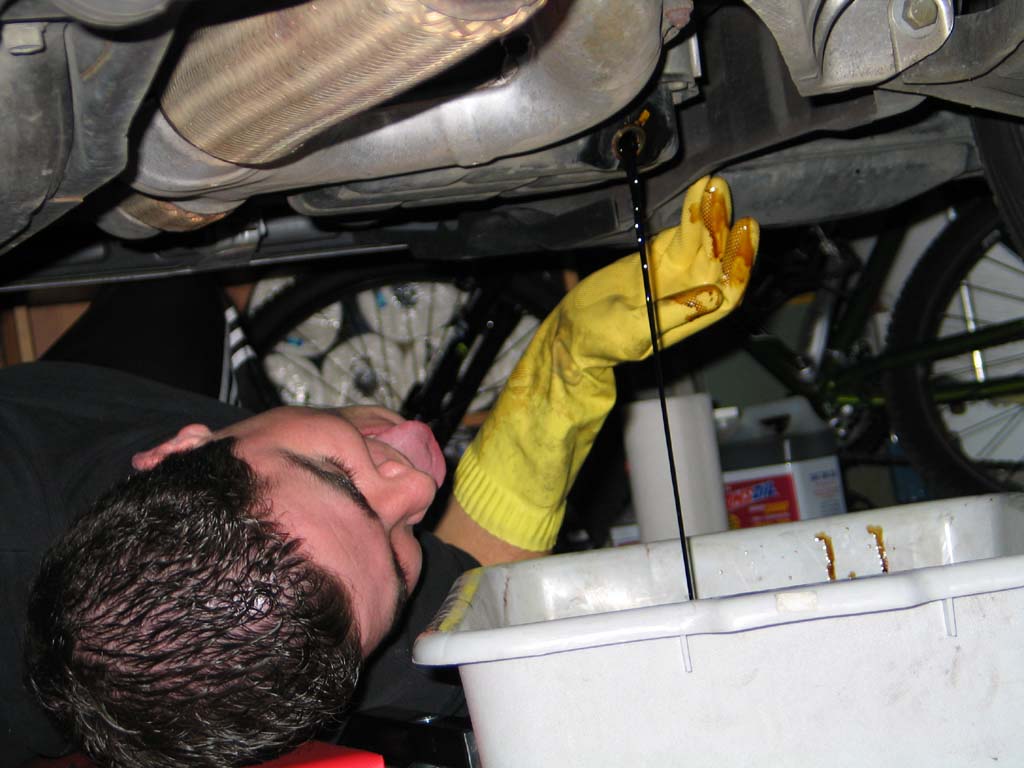 You should change your
You should change your 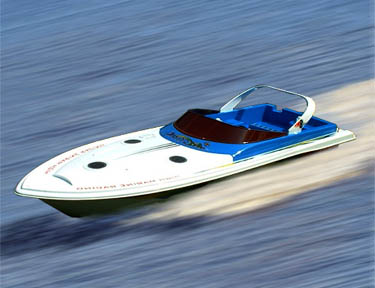 Depending on your engine type, how fast it could potentially go and how quickly it will burn through oil, you have several brands to choose from. Some people align their engine brand with the oil (such as using
Depending on your engine type, how fast it could potentially go and how quickly it will burn through oil, you have several brands to choose from. Some people align their engine brand with the oil (such as using 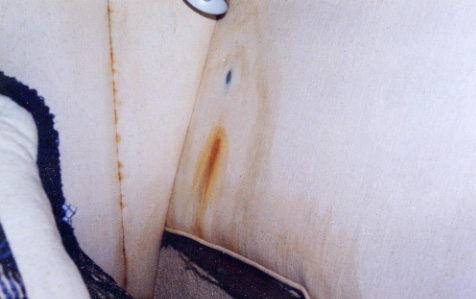 One of the most overlooked problems that boat owners have is leakage. Whether your vessel is leaking
One of the most overlooked problems that boat owners have is leakage. Whether your vessel is leaking  Most boat owners have to keep their vessels at home and as is such, there can be messes made due to the general maintenance that happens there. One such mess can be spilling
Most boat owners have to keep their vessels at home and as is such, there can be messes made due to the general maintenance that happens there. One such mess can be spilling 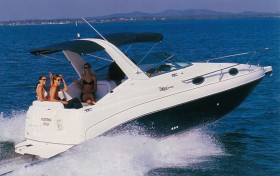 Purchasing premium
Purchasing premium